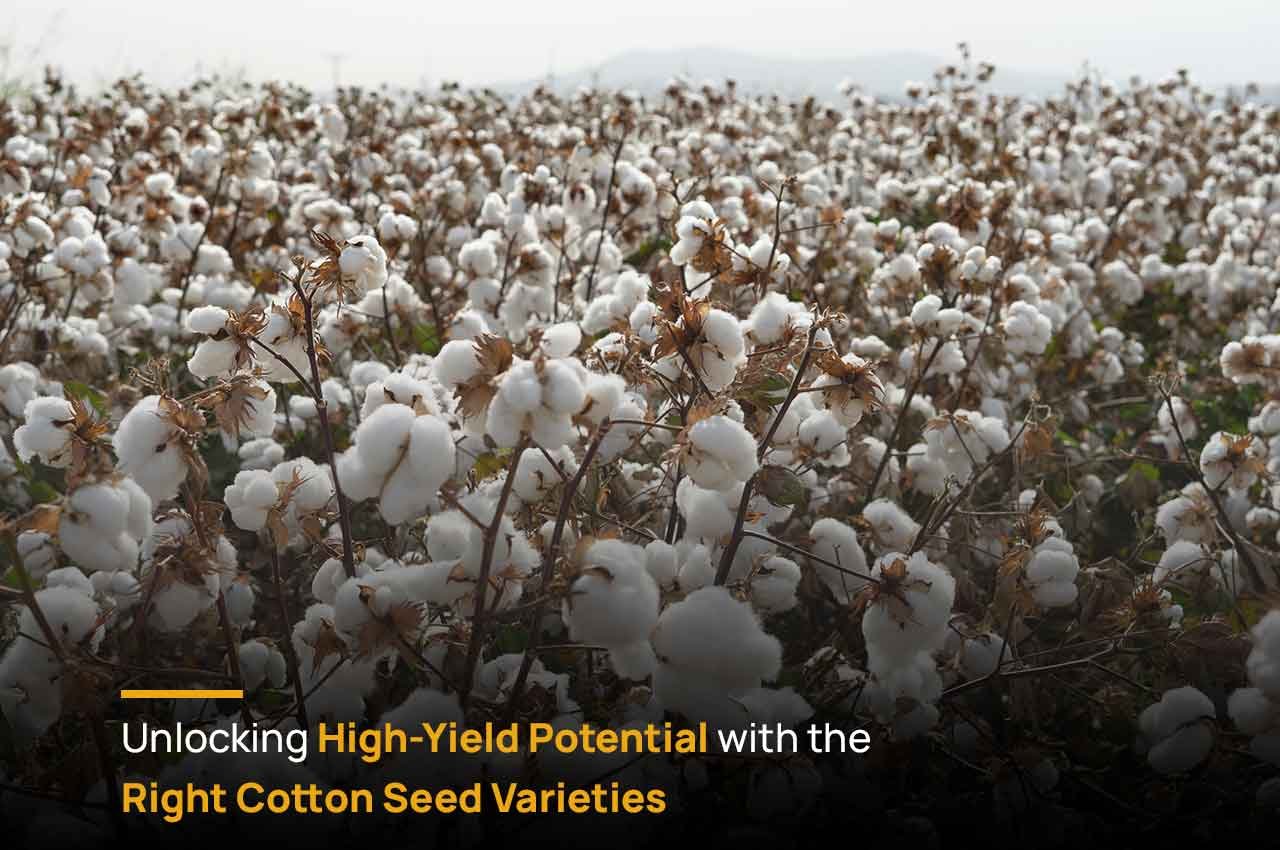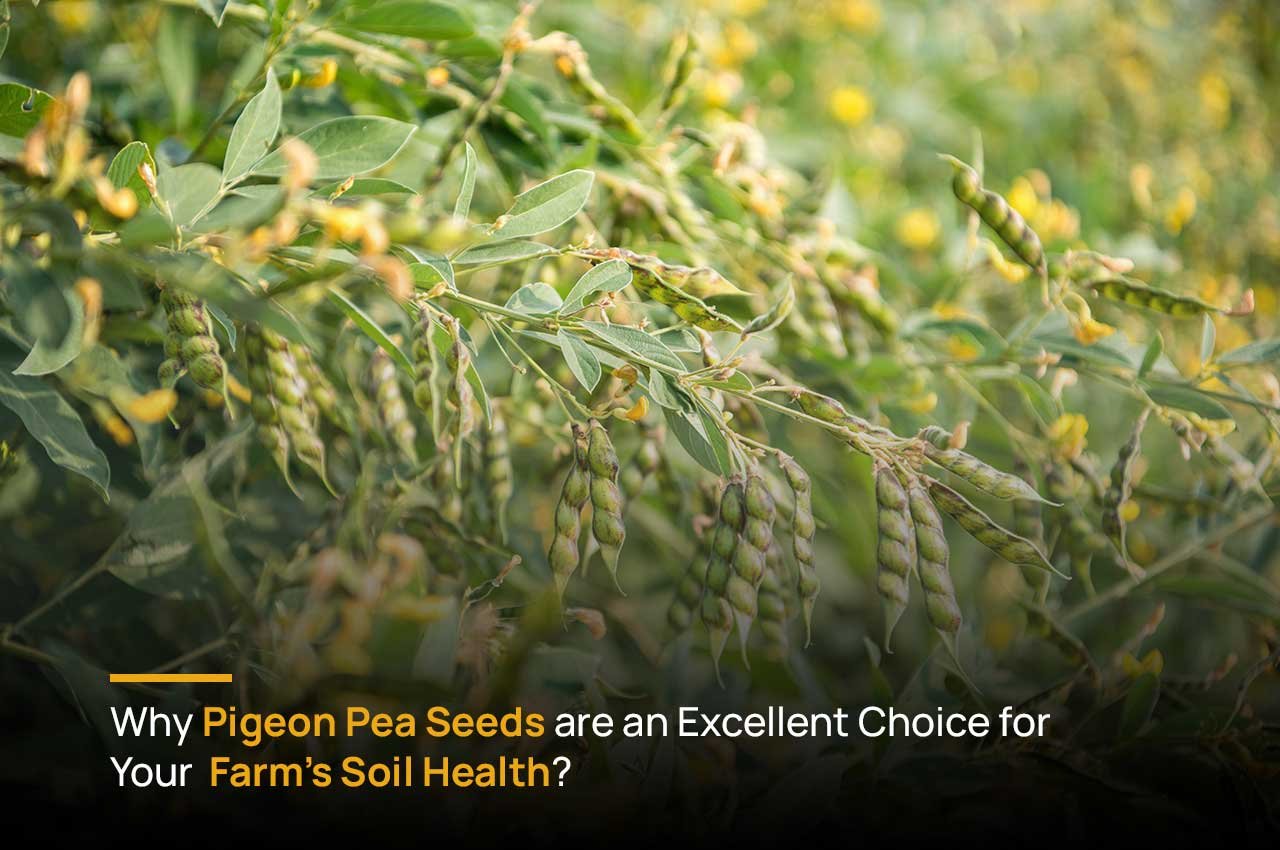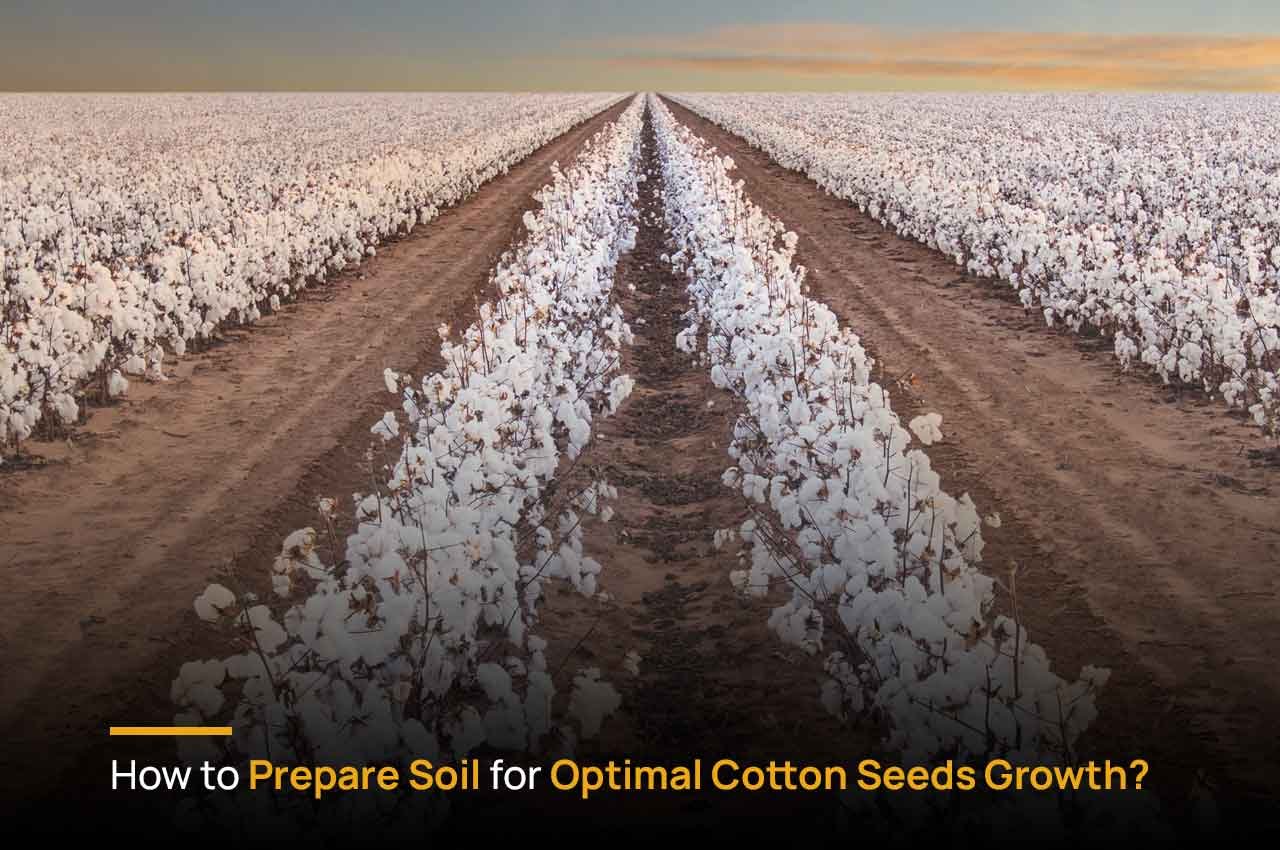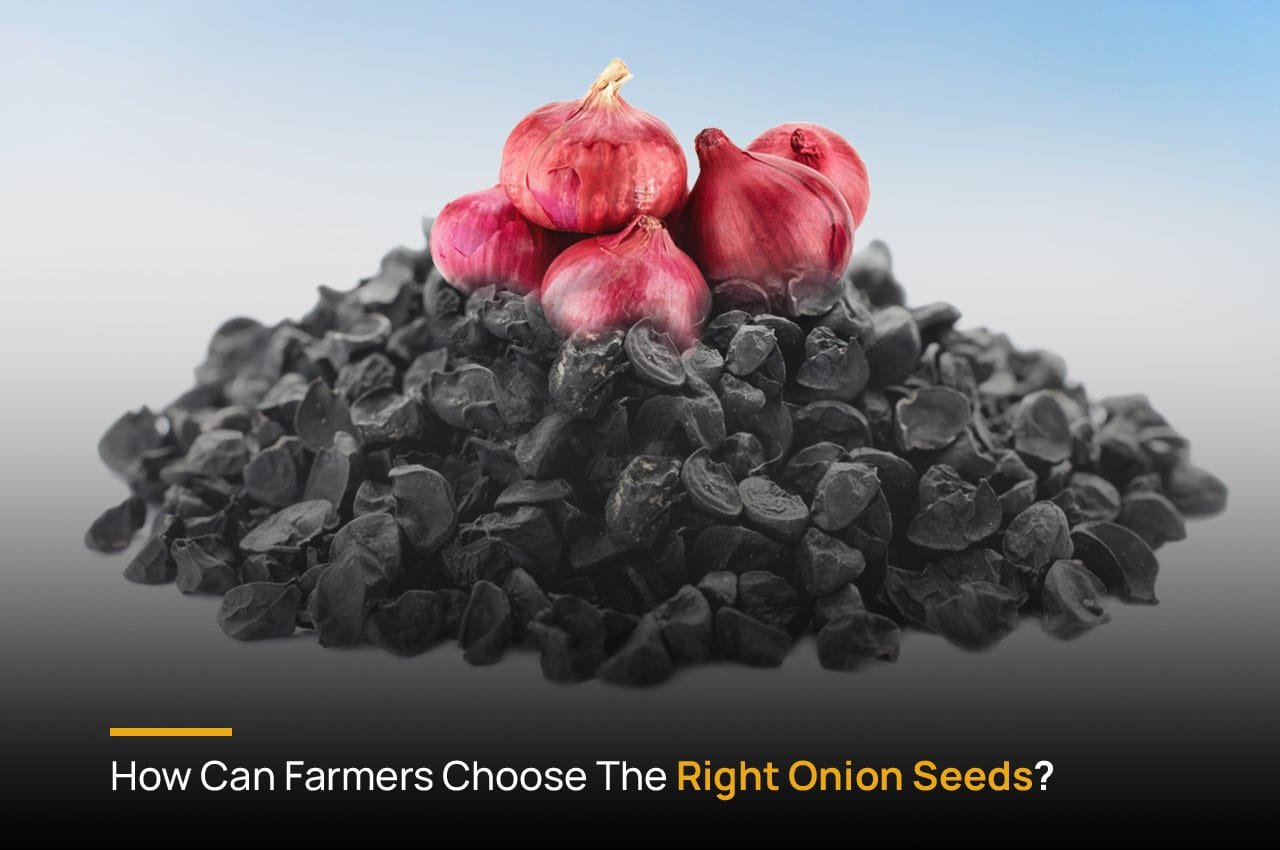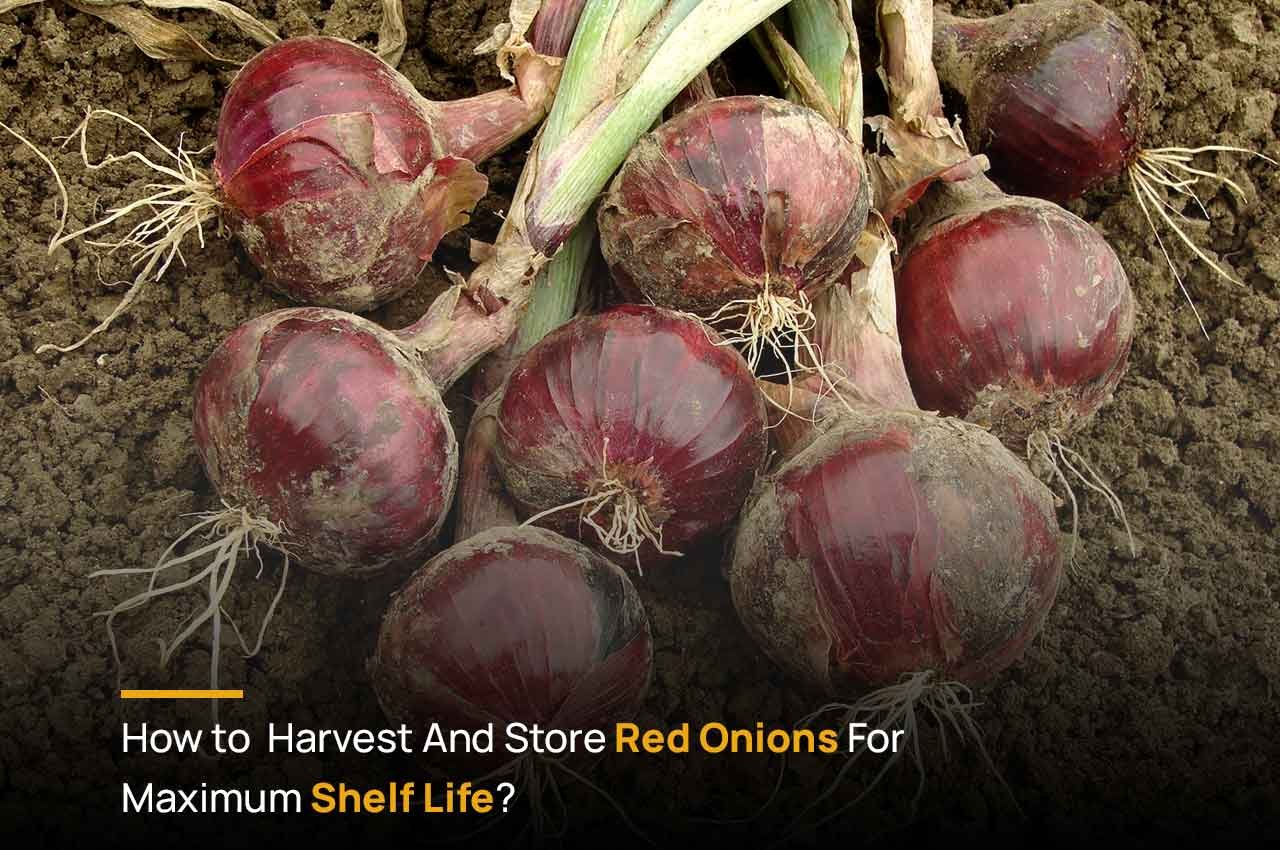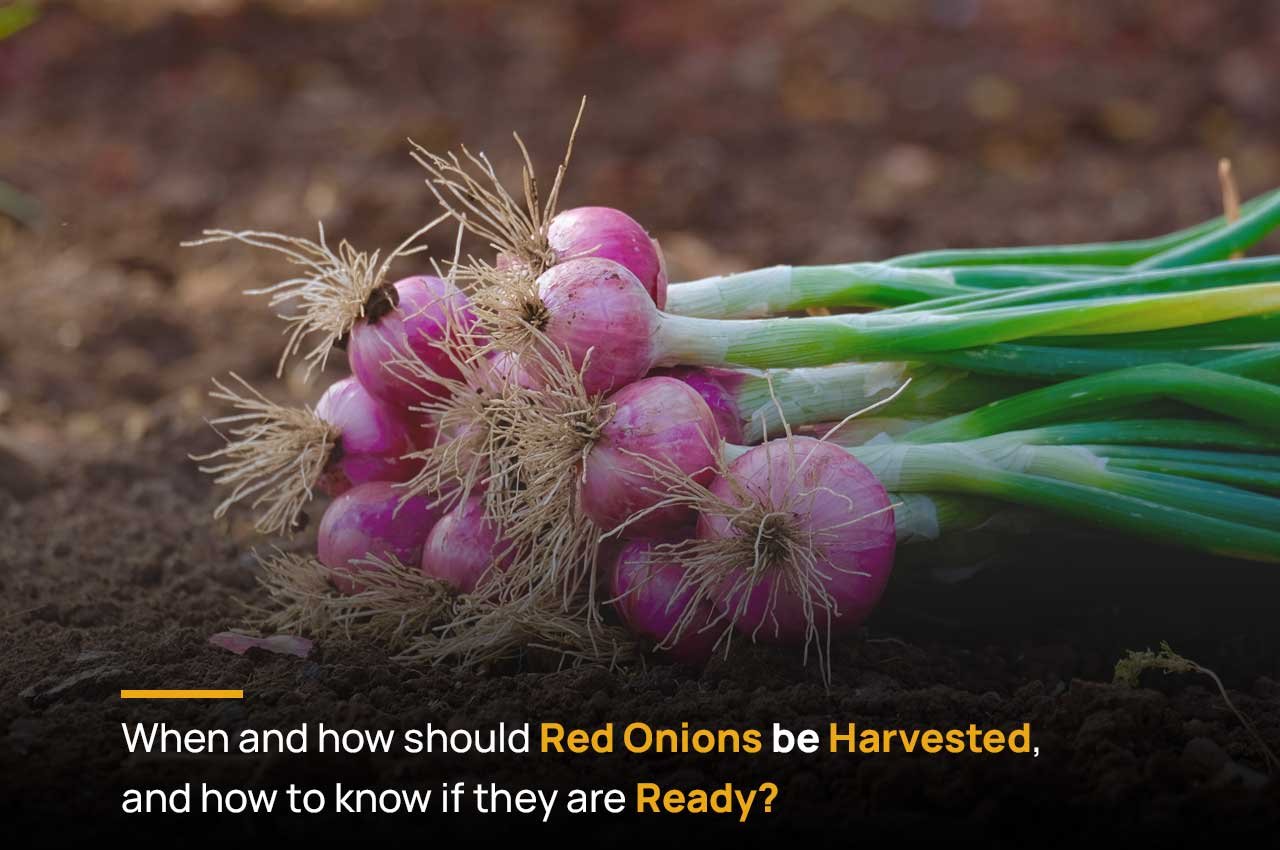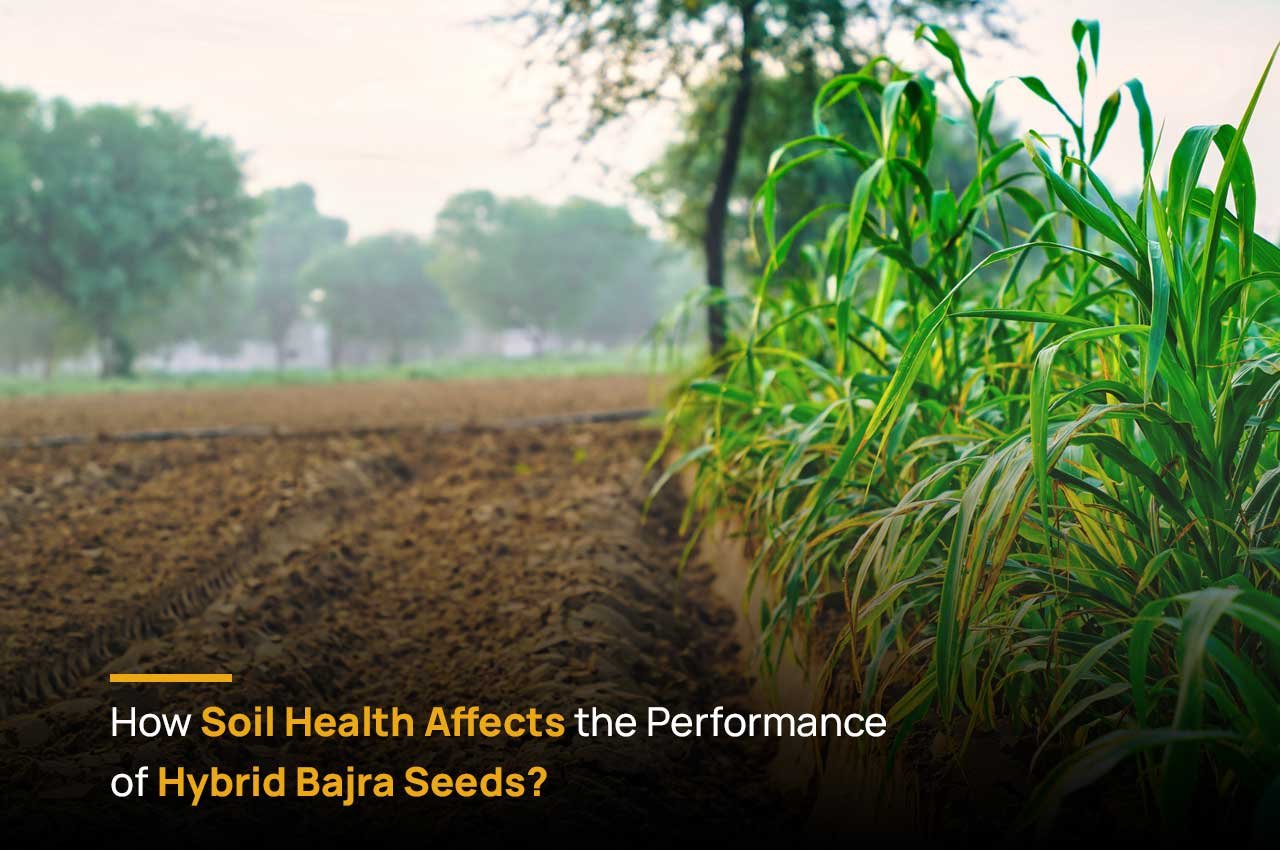
How can farmers choose the right wheat seeds based on climate and soil conditions?

Choosing the right wheat seeds is crucial for maximising yield and ensuring a successful harvest. Farmers need to consider various factors, including climate and soil conditions, to make informed decisions. This blog will guide you through the essential steps for selecting the ideal wheat seeds tailored to your specific growing environment.
Understanding Wheat Seed Varieties
Wheat is a versatile crop, adaptable to various climates and growing conditions. The choice between different wheat varieties can significantly impact your harvest. To make an informed decision, it’s essential to understand the two main types of wheat: winter wheat and spring wheat. Each variety has specific characteristics that make it suitable for particular environmental conditions, and selecting the right type can enhance both yield and quality.
- Winter Wheat: Planted in the fall, winter wheat is designed to withstand cold temperatures and resume growth in the spring. It requires a period of cold stratification to vernalize, which triggers the plant’s reproductive development.
- Spring Wheat: Planted in the spring, this variety thrives in warmer temperatures. It is less tolerant of frost but has a shorter growing season, making it ideal for regions with mild winters.
Understanding the differences between winter and spring wheat varieties is crucial for selecting the right seeds for your growing conditions. Winter wheat is well-suited for areas with cold winters and requires a cold period to grow effectively, while spring wheat is ideal for warmer climates with shorter growing seasons. By considering these factors, you can choose the best wheat variety to optimise your crop’s performance and achieve a successful harvest.
Climate Considerations:
Choosing the right wheat seeds involves understanding how different climate factors impact their growth. Temperature and precipitation are critical aspects that influence the suitability of wheat varieties for your region. By evaluating these climate considerations, farmers can make informed decisions about which wheat seeds will thrive in their specific growing conditions.
Temperature:
- Winter Wheat: Suited for cold winters, requiring temperatures below 40°F (4°C) for vernalization. It thrives in moderate spring temperatures of 55°F to 75°F (13°C to 24°C), supporting healthy growth and grain development.
- Spring Wheat: Prefers milder climates with temperatures between 60°F and 80°F (16°C to 27°C). It does not need cold stratification and is more sensitive to frost and extreme cold.
Precipitation:
- Winter Wheat: Needs consistent moisture for root establishment and growth, with additional water in the spring for head development and grain filling.
- Spring Wheat: Requires sufficient moisture during planting and early growth. While more drought-tolerant, regular precipitation is crucial for a successful harvest.
Understanding these climate requirements helps farmers select the best wheat seeds for optimal yields and a successful harvest. By matching wheat varieties to your region’s temperature and precipitation patterns, you can ensure better growth and productivity.
Soil Conditions:
Selecting the right soil conditions is crucial for successful wheat cultivation. Wheat requires specific soil attributes to ensure healthy growth and optimal yields. Understanding these conditions helps in choosing the best wheat seeds for your farming needs.
1. Soil Type:
Wheat thrives in well-drained soils with good structure.
- Winter Wheat: This variety excels in loamy or clay loam soils with good drainage. Heavy clay or poorly drained soils can lead to root diseases and diminished yields.
- Spring Wheat: While it also prefers loamy soils, spring wheat is adaptable to a broader range of soil types. Ensuring good drainage and adequate organic matter is essential.
2. Soil pH:
Soil pH significantly impacts nutrient availability and wheat growth.
- Winter Wheat: Prefers a pH range of 6.0 to 7.0. Acidic soils can be adjusted by applying lime to raise the pH to optimal levels.
- Spring Wheat: Similarly, it flourishes in soils with a pH between 6.0 and 7.0. Regular soil testing helps in monitoring and adjusting pH levels as needed.
By understanding and managing these soil conditions, farmers can enhance wheat production and achieve better results. Ensuring the right soil type and pH for your wheat variety is key to a successful crop.
Disease and Pest Resistance:
Selecting wheat seeds with inherent resistance to local diseases and pests is crucial for maximising crop health and yield. Diseases and pests can significantly affect wheat production, leading to reduced yields and increased costs for treatment and management. By choosing varieties specifically bred to withstand these challenges, farmers can ensure a more resilient and productive crop.
- Winter Wheat: For winter wheat, it’s essential to select varieties that are resistant to prevalent diseases such as rust, powdery mildew, and Fusarium head blight. These diseases can weaken plants and diminish yields. Resistant varieties are better equipped to handle the harsh conditions of winter and continue to thrive into the spring.
- Spring Wheat: In spring wheat, resistance to diseases like wheat streak mosaic virus and tan spot is vital. Additionally, pest resistance is crucial to prevent damage from common insects that can cause significant yield loss. Opting for seeds with these resistances helps reduce the need for chemical interventions and ensures a healthier crop.
In conclusion, prioritising disease and pest resistance when choosing wheat seeds is essential for maintaining crop health and achieving optimal yields. By selecting varieties tailored to resist local challenges, farmers can enhance productivity and reduce the need for extensive crop protection measures.
Local Adaptation:
When choosing the right wheat seeds, local adaptation is essential to ensure the best results for your crop. Your region’s unique climate and soil conditions significantly influence the success of your wheat cultivation. By understanding and leveraging these local factors, you can select wheat varieties that thrive in your specific environment, leading to higher yields and better-quality produce.
Local Adaptation: Consulting local agricultural extension services or seed suppliers who understand your region’s specific conditions can provide valuable insights. They offer recommendations based on successful varieties in your area and current growing trends, helping you make informed decisions tailored to your local environment.
Practical Tips for Selecting Wheat Seeds:
- Conduct Soil Tests: Before planting, perform soil tests to determine nutrient levels, pH, and drainage capabilities. This data will help you select seeds best suited for your soil conditions.
- Evaluate Climate Data: Review historical climate data for your area, including temperature ranges and precipitation patterns. Choose wheat seeds that align with these conditions.
- Seek Expert Advice: Reach out to local agronomists or seed suppliers for personalized recommendations. They can provide insights into the best wheat varieties for your specific needs.
By following these guidelines, you can enhance your wheat farming efforts, leading to a more successful and productive harvest.
Conclusion:
Selecting the right wheat seeds based on climate and soil conditions is essential for achieving optimal yields and a successful harvest. By understanding the specific requirements of winter and spring wheat varieties, considering local climate and soil conditions, and seeking expert advice, farmers can make informed decisions that enhance productivity.
At Yashoda Hybrid Seeds, we are committed to providing high-quality wheat seeds tailored to diverse agricultural needs. With over 28 years of experience in the seed industry, Yashoda Seeds continually strives to offer the best varieties to support farmers in achieving their goals. Our dedication to innovation and quality ensures that you receive seeds that are well-suited for your growing conditions, helping you achieve the best possible outcomes for your crops.




